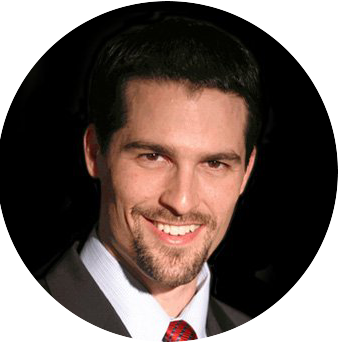
Are you concerned about the inheritance taxes your heirs may have to pay? Then you may want to consider creating a charitable lead trust.
A charitable lead trust is the inverse of a charitable remainder trust. While a CRT is structured to provide income to the trust beneficiaries and an eventual charitable donation, a CLT provides a charitable gift at its implementation plus the possibility of eventual income to your heirs.
A CLT may provide an estate tax solution for a highly appreciated asset. As a hypothetical example, a multi-millionaire named Scott owns $1 million of greatly appreciated blue-chip stock. He wants to reduce the value of his taxable estate; he does not want to burden his heirs with death taxes. He would also like to make a major gift to a local charity. So Scott collaborates with an estate planning attorney to draw up and implement a CLT.
By gifting the highly appreciated stock to the charity using a CLT with a term of 20 years, Scott creates an income stream for the charity with significant tax benefits as a byproduct. Income payments to the charity will be made in 20 yearly installments of $50,000 from the trust principal. After either 20 years or Scott’s death, his heirs will receive the interest off of the initial CLT principal (i.e., the appreciation on those shares across 20 years) while the actual shares will go to the charity.
In donating the stock through the CLT, Scott is eligible to take an upfront income tax deduction for the full value of the charitable donation. He receives a gift and estate tax break equivalent to what would happen if he simply wrote a $1 million check to the charity, while also offering a potential financial benefit to his heirs.
All CLTs are irrevocable, and there are different varieties of them. Here is a brief breakdown of their variations, and their characteristics.
*CLTs can be created either before one’s death or at one’s death. In an inter vivos CLT, the grantor (i.e., donor) relinquishes ownership of the asset(s) to the trust while alive. Asset(s) transfer into a testamentary CLT only upon the death of the grantor. An executor to a testamentary CLT can fund that CLT with assets equaling any inheritance taxes owed.
*Some CLTs are structured to allow further asset contributions during the trust term. Other CLTs are designed so that no further contributions to the trust are permitted once the trust is active.
*Most CLTs are non-grantor trusts. These CLTs are expressly designed to benefit a charity and the donor’s heirs. In a non-grantor CLT (such as the above example), the donor gives away the asset(s) to charity; heirs receive only the interest on the principal at the end of the trust term. You can see the potential downside: if the asset depreciates over the trust term, the heirs receive nothing. In a non-grantor CLT, the donor is able to take an annual income tax deduction on the value of the income that heads to the charity discounted at the federal funds rate.
*Other CLTs are grantor trusts. These CLTs are primarily designed to benefit a charity and the donor. The charity receives income off the trust principal for X years, but the donor will regain ownership of the appreciated asset(s) when the trust term expires. The donor gets to claim an upfront income tax deduction for the gift. In this variation, the donor pays taxes on the income the CLT generates, so it is wise to put tax-exempt investments into a grantor CLT.
An IRS formula figures the future value of the donor’s gift. The variables here include the annual income the charity will receive, the duration of the CLT and the projected ROI for the trust asset(s). The IRS determines the ROI using an interest rate (the “hurdle” rate) based on Treasury yields. Non-charitable beneficiaries of the CLT are projected to receive the value of the trust assets at the end of the trust term minus the value of the initial gift. This amount will be exposed to estate taxes, but in many cases it will be far less than the generous estate tax exemption.
CLTs allow you to pursue three estate planning objectives. If you want to make a sizable charitable gift, help your heirs and reduce taxes, you may want to explore creating one.

About the Sudden Wealth Financial Advisor
Robert Pagliarini, PhD, CFP® has nearly three decades of experience in financial planning and investment management for the suddenly wealthy. Robert is a CFP® Ambassador, one of only 50 in the country, and a fiduciary. He authored the book The Sudden Wealth Solution: 12 Principles to Transform Sudden Wealth Into Lasting Wealth in hopes of helping those deal with sudden wealth and the emotions that come along with it. In addition to his Ph.D. in financial and retirement planning, he earned a Master's in Psychology to better understand and be equipped when helping clients manage a windfall. He has helped clients from across the United States who have received a windfall from an inheritance, lawsuit settlement, business sale, stock options, sports, and entertainment contracts to make sense of their sudden wealth. When he is not helping the suddenly wealthy, you can find him writing personal finance books. If you're needing help managing wealth, contact Robert directly.



